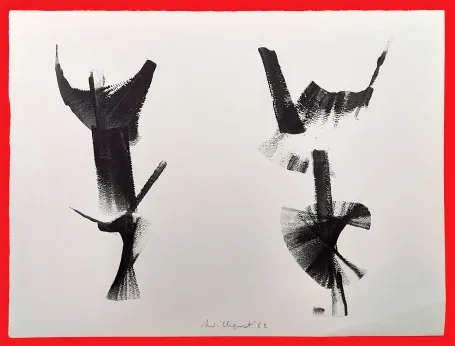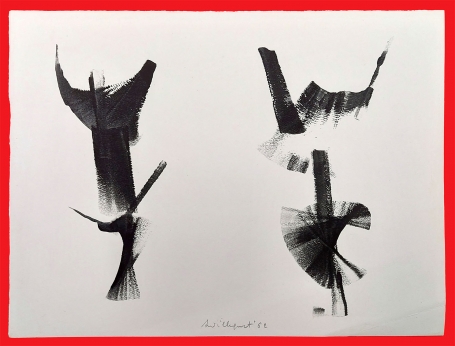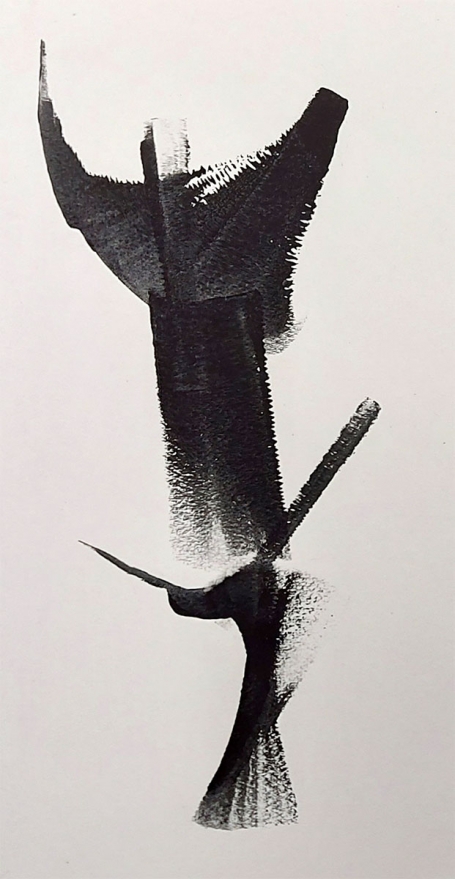
Willequet André
André Willequet was a Belgian artist who was born in 1921 in Etterbeek and who died in 1998 in Uccle. He was a sculptor, draftsman and designer of medals and jewelery. Training in monumental sculpture at La Cambre in Brussels, led by O. Jespers (1940-1945). Second for the Prix de Rome in 1947. In 1948 he went on a study trip to France, where he met H. Laurens, O. Zadkine and C. Brancusi. Supported by a grant, he started to follow courses at the Royal College of Art in London under the direction of F. Dobson, where he had contacts with J. Epstein and H. Moore (1951-1952). In 1960 he participated in the Symposium Europäischer Bildhauer in Sankt-Margarethen/Austria, where he practiced for two months in the direct waist. Initially worked with wooden and designed totem-like sculptures, but then also started working in stone and bronze. His first works in wastewater technology were created in 1964. Initially still figurative, his design evolved towards an increasingly thorough austerity and abstraction, until he achieved rhythmic compositions carved from one block. His work is usually described as lyrical abstract. Many of his works were designed for integration into architecture. His monumental works come across as simple and encourage reflection and meditation. Designed in 1974, in collaboration with Ado Baltus, the Field of Honor in the cemetery in Etterbeek. From 1975 he was a teacher at the Ecole de Bijouterie de l'Institut des Arts et Métiers in Brussels. At the request of the architect Roger Bastin, he designed two monumental fences for the Museum of Modern Art in Brussels (1981-1984). Work to be explored in museums in Brussels, Ostend, Verviers, Ixelles and Liège. Bibliography: André Willequet (M. Draguet and Ph. Roberts-Jones, Ceram & ULB, 2002). Mentioned in BAS II and Two centuries of signatures of Belgian artists. Source: Piron.



